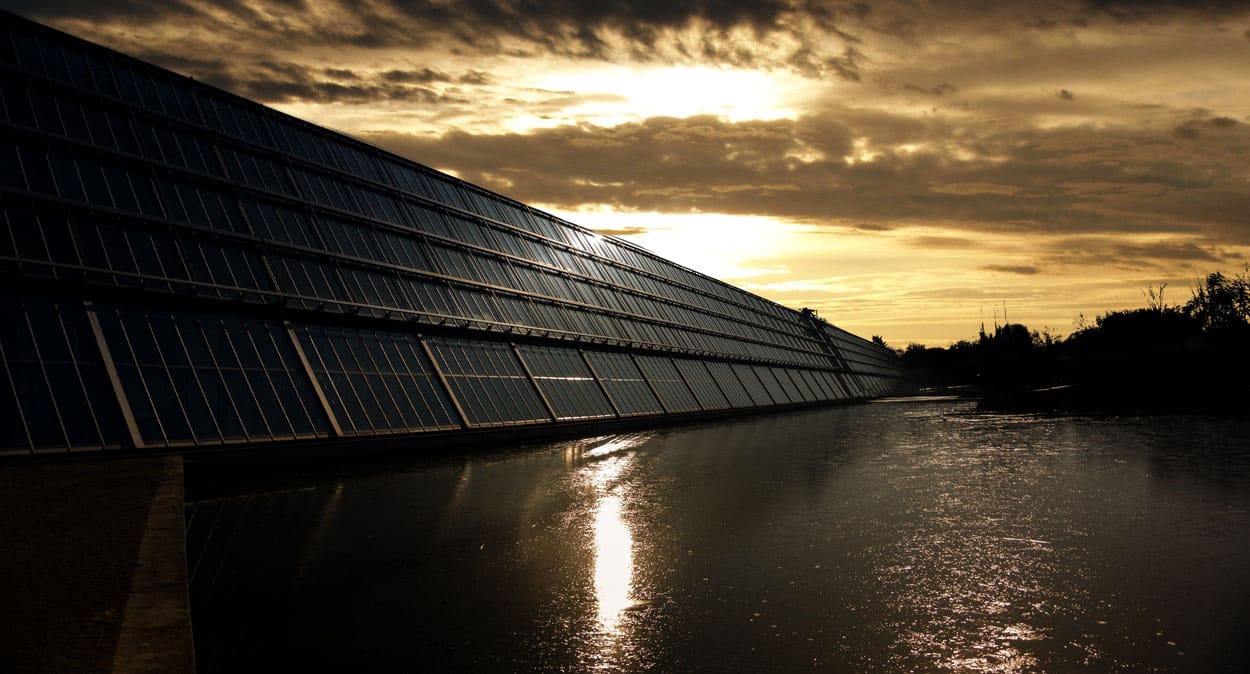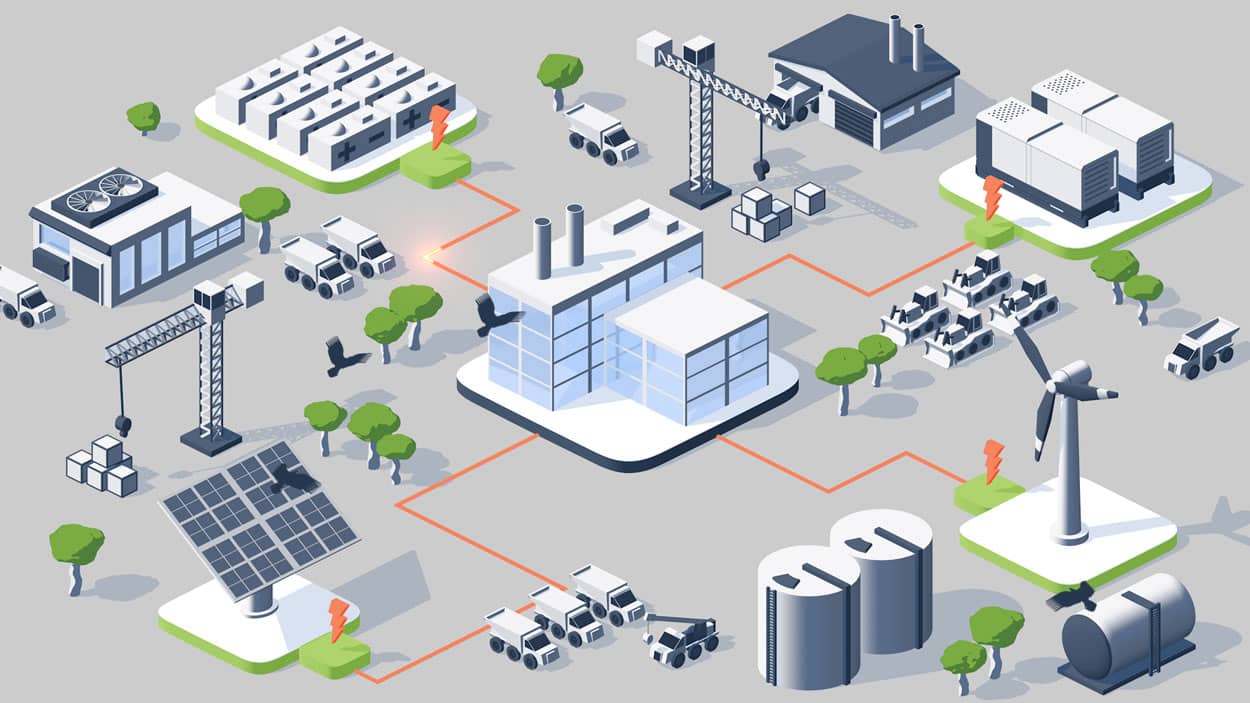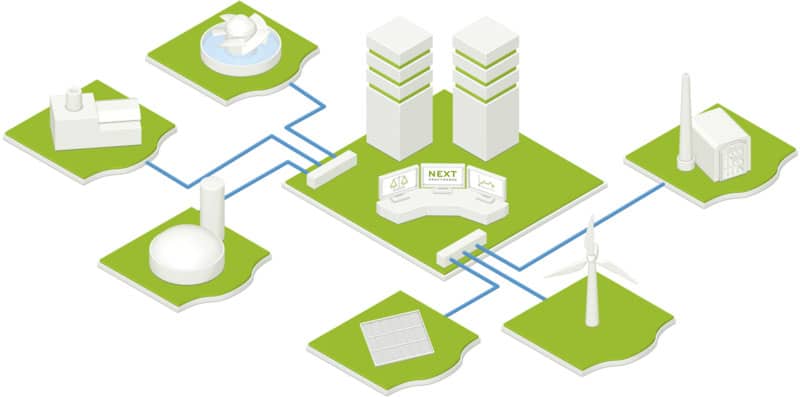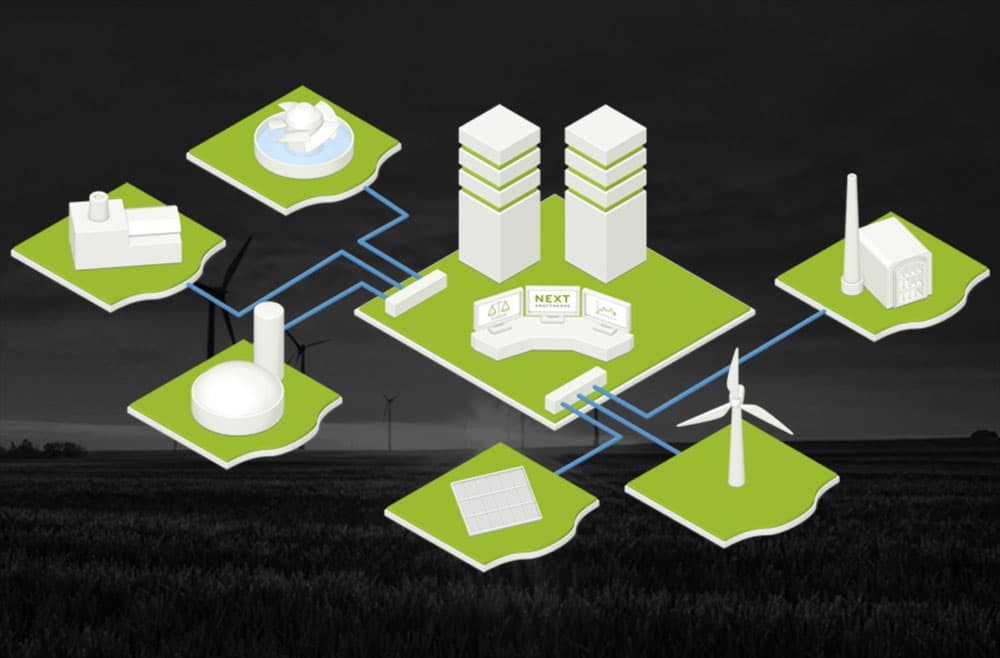Industrial, commercial, governmental, and other customer groups that cannot afford to rely on the aging centralized power grid are turning to local options customized to their particular energy needs. Microgrids and virtual power plants (VPPs) are two solutions for a reliable and predictable energy supply – that also support our aging grid infrastructure. These systems utilize distributed energy resources (DER) to generate power near or on-site to the need, independent of the centralized power grid. Integrating any two or more DERs with some form of “smarts” (controller or energy management system; computing power and IT infrastructure) forms a distributed energy system (DES). And DES are not only here, but here to stay.

Microgrids and VPPs share some key features such as the ability to integrate demand response (DR), generate distributed renewable energy and store energy at the distribution level. While microgrids and VPPs are sometimes referred to interchangeably, there are some key differences.
What is a Microgrid?
A microgrid is essentially a miniature, localized electrical power model of a complete grid system where electrical generation, storage, distribution and consumption all takes place and serves a discrete geographical location. Such locations could include mining installations, industrial sites, hospital complexes, and other enterprises that cannot afford the risk of power interruptions, or even residential communities prone to outages due to remote or unreliable centralized power. Even smaller microgrids—referred to as a “nanogrid”—are possible. A nanogrid is a power distribution system for a single house/small building, with the ability to connect or disconnect from other power entities via a gateway.
A microgrid comprises one or more DER assets such as solar panels, wind turbines, diesel or gas generators, combined heat and power (CHP) units, etc. that produce electrical power (generation) co-located with the energy loads (consumption). They often include energy storage systems that have two opposite modes, acting either as a load (when charging) or a generator (when discharging). Utilizing sophisticated microgrid controllers, microgrids can be connected directly to the grid but can be dynamically islanded as needed—disconnected from the centralized power grid without causing power interruption to those site loads supported by the microgrid. They are local, intelligent, and independent.

What is a Virtual Power Plant?
Virtual power plants are a decentralized, scaled collection or portfolio of power generating units such as the DER assets described above, or an aggregation of flexible power consumers willing to provide strategic load reductions when needed. Taking this a step further, famous energy physicist and author Amory Lovins coined the term and concept of “Negawatts” in a keynote speech in 1989. A Negawatt is a negative Megawatt… power saved by increasing efficiency or reducing consumption, which generally has the same electrical equivalent to power production on the grid. When scaled in aggregation, this demand reduction is like a VPP also.
VPPs can be considered a cloud-based distributed power plant that brings together heterogeneous DER in order to enhance electrical power generation, as well as trade it in the electricity market. To make the system more efficient or reliable for both distribution facilities and users, battery storage systems are employed in conjunction with traditional solar panels, wind turbines and other power plants. These units are interconnected and their produced power is dispatched smartly through a central control room with the aim of balancing load between power generation and power consumption of the networked systems traded on the energy exchange market.

What are some Key Differences between Microgrids and Virtual Power Plants (VPPs)?
- Microgrids can connect to the traditional grid or operate independently. VPPs are strictly grid-tied systems.
- Microgrids are self-contained systems (i.e. islanded from the main power grid) while VPPs are a combination of resources dependent on grid infrastructure. When the grid is down, VPPs can’t deliver power to consumers.
- Microgrids functionally require some capacity for local storage such as battery systems. VPPs can function with or without the presence of a storage system.
- Microgrids depend on hardware technologies such as microgrid controllers, smart inverters and switches to function, while VPPs depend primarily on smart meters and information technology.
- Microgrids consist of a fixed set of resources within a limited geographical area or location, while VPPs can combine a wide variety of resources in large geographic areas, and aggregate them together.
- Microgrids are normally traded only in the form of retail distribution (i.e., focused on end-user supply), while the VPPs are traded on a wholesale market.
- Microgrids currently face legal and political obstacles, while VPPs operate with fewer restrictions or legal challenges.
Microgrids, virtual power plants, and other distributed energy systems offer a variety of advantages and tradeoffs. Choosing an optimized solution is a complex task, as specific site requirements and energy needs vary significantly: one size (or solution) does not fit all.
VECKTA is a cloud-based market platform that delivers full turnkey microgrid design and implementation solutions. Contact VECKTA today to learn more about the platform and take control of your energy future.
Photo credits: (Pixabay / Pexels) (Next Kraftwerke)


